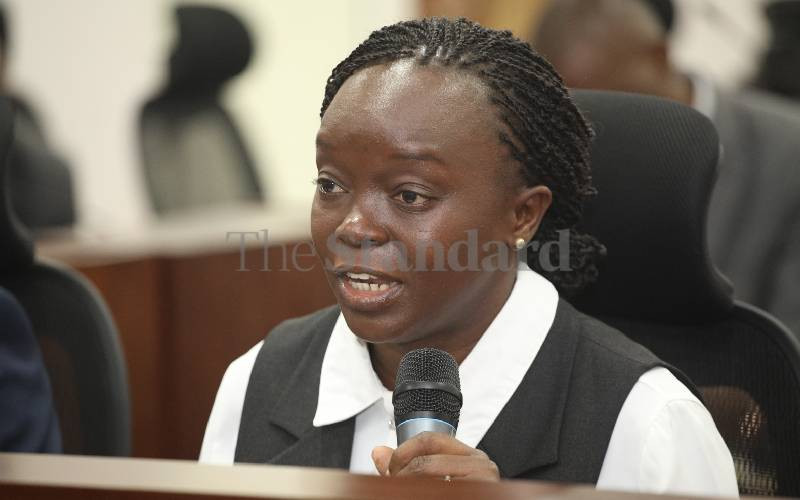A bill seeking to spell out the maximum and minimum lands sizes one can hold could be tough to implement if passed in its current form
The Minimum and Maximum Land Holding Acreage Bill 2015 proposes that farmers in agriculturally rich regions like Eldoret may be restricted to farm on not more than 25 acres.
Land holding in the cities of Nairobi, Kisumu and Mombasa where real estate business has been booming shall be limited to between 0.1 hectares and two hectares. Ownership in counties and towns shall be limited to between 0.2 hectares and two hectares.
The proposed law also prescribes 0.05 hectares as the minimum commercial plot size in urban areas. The objective of the law is essentially to reduce inequality and help address historical land injustices in line with Article 68 of the Constitution.
Rule of the law
As debate rages on the pros and cons of capping private land ownership, the rule of law must be upheld.
Legal experts and economic and social rights activists are reading from the same script on what should be done before enacting the law.
The Economic and Social Rights Centre acting executive director Pauline Vata, for instance, says due diligence must be followed when implementing this law.
She says the Bill should not be rushed before the National Land Commission comes up with a land use policy.
She has taken issue with the fact that there was no scientific study conducted before the bill was drafted to determine what amounts to maximum or minimum acres.
The cap of 25 acres for agriculturally rich areas like Eldoret shows that there was no public participation and engagement during the drafting process. Article 40 of the Constitution protects the right to private property, which legally means capping land sizes may contravene the supreme law.
Redistribute
Back to the bill, clause 22 gives either level of government (national or county) powers to acquire “surplus” land and re-distribute it to landless persons.
The bill has also given the Lands Cabinet Secretary excessive powers similar to those of the Commissioner of Lands past regimes.
According to Vata, Clause 10 of the bill may open a Pandora’s Box as it vests powers in the CS powers to approve land holding larger than the maximum, thereby enhancing inequity rather than tame it.
Stay informed. Subscribe to our newsletter
Moreover, sub-county land control committees have been given the power to either grant or refuse consent in acquisition of private land.
They have been given blanket powers, which include refusing consent if in the “opinion” of the committee, the applicant has sufficient land.
Further, the committee can also refuse to grant consent if the price to be paid is “unfair to either party”. What will the pricing be based on?
Too broad
This discretion given to the committee is too broad and could create a scenario where they set prices for different parcels of land and not based on the liberal market.
According to Vata, instead of Parliament rushing to enact a bill which will not solve any inequities, it should seek to implement the Ndung’u Land Report which can address historical land injustices.
Private land holders who have ‘surplus land’ can convert it into community land, which gives no limit for maximum or minimum acreage.
With such glaring loopholes, what equity is the Minimum and Maximum Land Holding Acreage Bill 2015 seeking to address?
 The Standard Group Plc is a
multi-media organization with investments in media platforms spanning newspaper
print operations, television, radio broadcasting, digital and online services. The
Standard Group is recognized as a leading multi-media house in Kenya with a key
influence in matters of national and international interest.
The Standard Group Plc is a
multi-media organization with investments in media platforms spanning newspaper
print operations, television, radio broadcasting, digital and online services. The
Standard Group is recognized as a leading multi-media house in Kenya with a key
influence in matters of national and international interest.
 The Standard Group Plc is a
multi-media organization with investments in media platforms spanning newspaper
print operations, television, radio broadcasting, digital and online services. The
Standard Group is recognized as a leading multi-media house in Kenya with a key
influence in matters of national and international interest.
The Standard Group Plc is a
multi-media organization with investments in media platforms spanning newspaper
print operations, television, radio broadcasting, digital and online services. The
Standard Group is recognized as a leading multi-media house in Kenya with a key
influence in matters of national and international interest.






